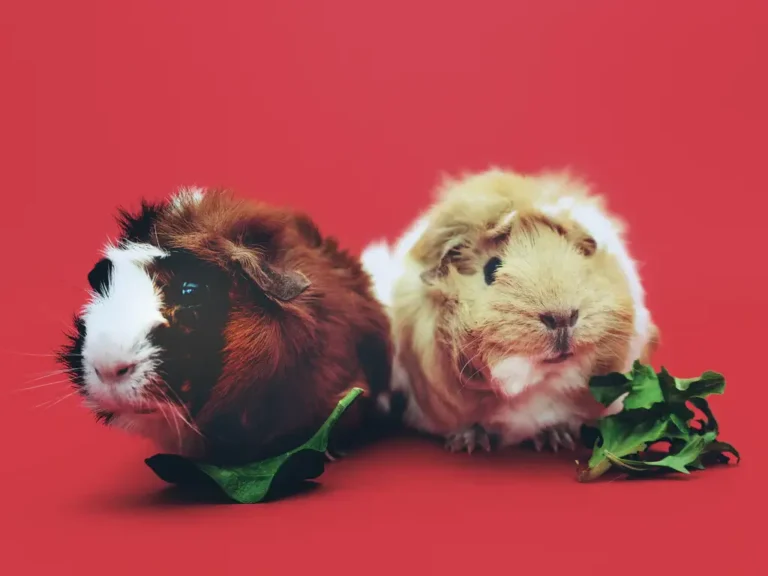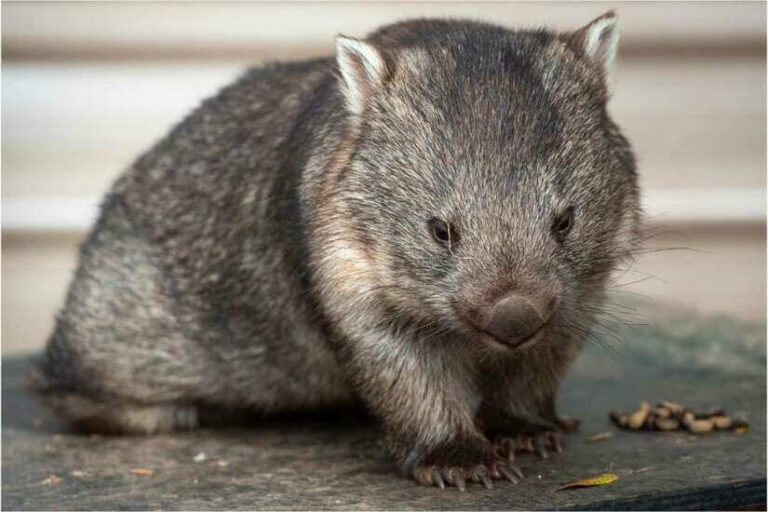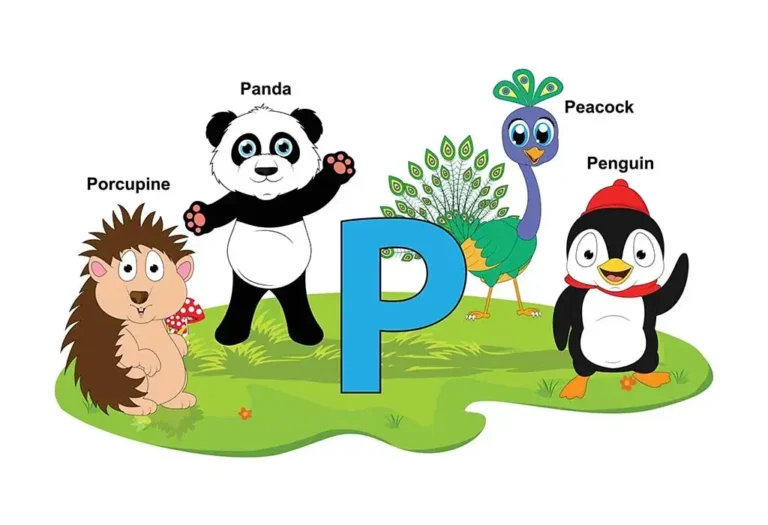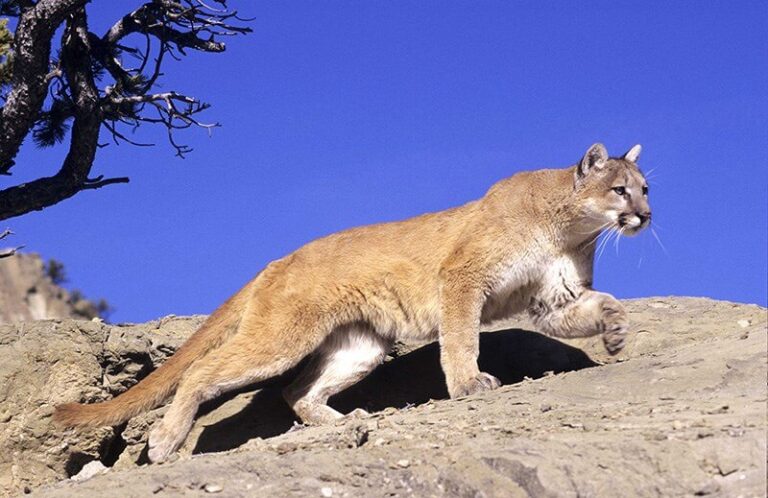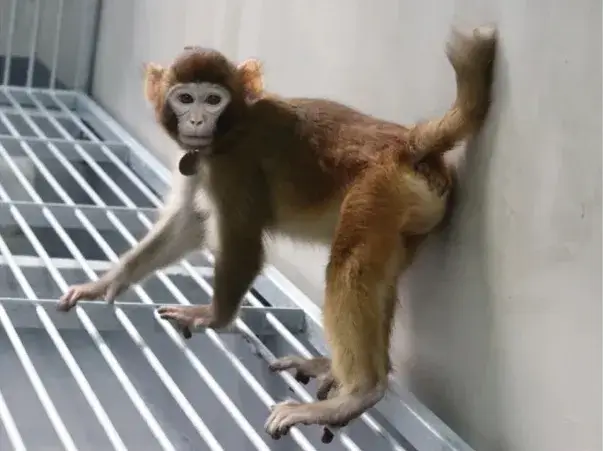Yeti Crab (Kiwa hirsuta): An In-Depth Exploration
The Yeti Crab (Kiwa hirsuta) is a fascinating deep-sea crustacean that has captured the interest of scientists and marine enthusiasts alike. Discovered only in 2005, its unique physical characteristics and adaptations to extreme environments make it a marvel of deep-sea life. This article will explore its scientific classification, physical traits, habitat, behavior, diet, reproduction, predators, conservation status, and more.
Contents
Scientific Classification
- Kingdom: Animalia
- Phylum: Arthropoda
- Class: Malacostraca
- Order: Decapoda
- Family: Kiwaidae
- Genus: Kiwa
- Species: Kiwa hirsuta
The Yeti Crab belongs to the family Kiwaidae, named after Kiwa, a Polynesian goddess of shellfish. It is one of the few species within this family living in deep-sea hydrothermal vent environments.
Physical Characteristics

The Yeti Crab earned its common name due to its hairy or bristly appendages, resembling the mythical Yeti’s fur. The most notable physical characteristics include:
- Size: Adults typically measure around 15 cm (6 inches) in length.
- Color: Its body is pale, almost white, which is typical for deep-sea creatures living without light.
- Hairy Appendages: The crab’s pincers (chelae) are covered in fine, hair-like setae. These bristles are coated with symbiotic bacteria, which may play a role in detoxifying the harsh chemicals emitted by hydrothermal vents.
- No Eyes: Interestingly, Kiwa hirsuta is blind. Its lack of functioning eyes is a common adaptation for animals living in the ocean’s pitch-black depths.
Habitat
- Location: Yeti Crabs live around hydrothermal vents deep in the South Pacific Ocean, specifically near Easter Island.
- Depth: They thrive at depths between 2,200 and 2,600 meters (7,200 to 8,500 feet).
- Environment: Hydrothermal vents emit extremely hot, mineral-rich water. This provides a unique and often toxic environment that the Yeti Crab is well adapted to. The crabs are typically found clustered around the edges of these vents, using the bacteria on their claws to filter nutrients from the vent’s chemicals.
Behavior
- Feeding Behavior: The Yeti Crab is thought to cultivate bacteria on its hairy appendages by waving them in the water near hydrothermal vents, where the bacteria can feed on the chemicals in the water. This symbiotic relationship allows the crab to harvest the bacteria as a food source.
- Mobility: Despite their bulky appearance, Yeti Crabs are relatively slow-moving. They scuttle along the seafloor near the vents, rarely venturing far from their toxic, mineral-rich habitat.
Diet
The Yeti Crab’s diet primarily consists of bacteria that it “farms” on its hairy appendages. These bacteria process the chemicals released by the hydrothermal vents through a process known as chemosynthesis. In addition to bacteria, it may also consume detritus or small invertebrates that inhabit the vent ecosystems.
Reproduction
Little is known about the reproductive behavior of the Yeti Crab, but like most crustaceans, it likely reproduces via internal fertilization. Females are believed to carry eggs on their abdomen until they hatch into free-swimming larvae, which then disperse into the surrounding waters. The extreme environment they inhabit makes studying their reproductive patterns challenging.
Predators
While the Yeti Crab’s deep-sea habitat offers some protection from most predators, they may still face threats from other deep-sea creatures, such as fish or larger predatory crustaceans that share their environment. Their lack of mobility and reliance on bacteria farming could make them vulnerable to more active predators in the deep ocean.
Conservation Status
The Yeti Crab is not listed on conservation databases, such as the IUCN Red List. However, its deep-sea habitat is vulnerable to environmental changes, including those caused by climate change and deep-sea mining activities. Hydrothermal vent ecosystems are fragile, and any disturbance could impact the species.
Interesting Facts
- A New Discovery: The Yeti Crab was only discovered in 2005 by a team of scientists aboard the ROV Tiburon near the Easter Island region.
- No Eyes Needed: Living in total darkness, the Yeti Crab has become blind, relying on chemical cues and bacteria-covered claws to survive.
- Deep-Sea Symbiosis: The bacteria farming on its claws is a unique form of symbiosis, allowing the crab to feed in an environment where traditional food sources are scarce.
- Extreme Adaptations: Few animals can survive the extreme temperatures and toxicity of hydrothermal vents, making the Yeti Crab a symbol of the resilience of life in Earth’s most extreme environments.
Evolutionary History
The Yeti Crab is part of the family Kiwaidae, which likely evolved to inhabit deep-sea environments like hydrothermal vents. These environments are geologically active, providing a unique evolutionary pressure. The species’ reliance on chemosynthesis through symbiotic bacteria sets it apart from many other crustaceans relying on more traditional food sources. This adaptation may have evolved as a survival mechanism in the food-scarce deep-sea environments.
Relationship with Humans
Humans have had limited direct interaction with the Yeti Crab due to its extreme deep-sea habitat. However, the species has garnered attention in the scientific community for its unusual adaptations and is an important subject in studying life in extreme environments. It has also intrigued the general public due to its unique appearance and mysterious deep-sea lifestyle.
Conclusion
The Yeti Crab (Kiwa hirsuta) is a remarkable example of life’s adaptability in extreme environments. From its bacteria-coated claws to its existence around hydrothermal vents, this crustacean represents deep-sea life’s incredible diversity and resilience. While much is still unknown about the species, its discovery has expanded our understanding of deep-sea ecosystems and their fascinating organisms. Protecting these fragile environments is crucial to ensuring the survival of species like the Yeti Crab, as they offer valuable insights into the adaptability of life on Earth.
- Are Rottweilers Good With Kids? Reasons & Training Tips - 17 September 2025
- How Long Are Dogs Pregnant: Complete Guide - 16 September 2025
- German Shepherd Doberman Mix: Info, Pictures, Care & More - 11 September 2025


